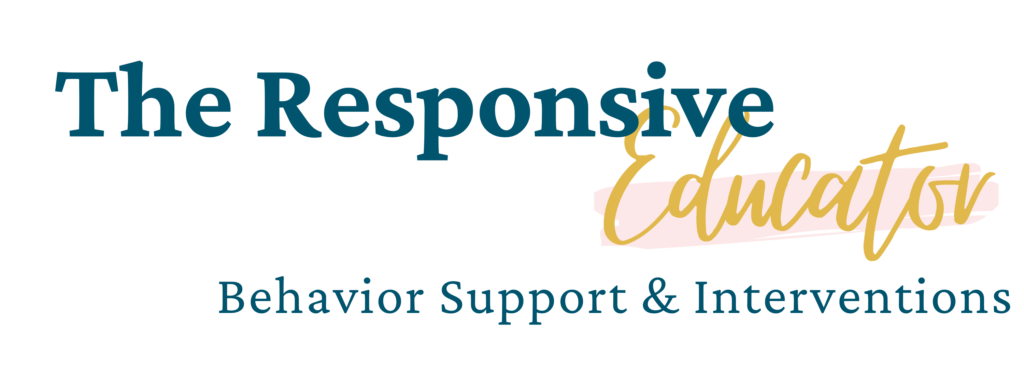

As a teacher, you’re already juggling a million responsibilities, and collecting behavior data can feel like just one more thing on your plate. But data collection doesn’t have to be overwhelming or time-consuming. With the right strategies and tools, you can streamline the process, collect meaningful information, and still have time to focus on what matters most—teaching your students.
Here’s how to simplify behavior data collection without sacrificing its effectiveness.
Behavior data provides invaluable insights into what’s working and what isn’t when it comes to interventions. It helps you:
But for data to be useful, it needs to be collected consistently—and that’s where simplification comes in.

Not every behavior requires the same type of data collection. Choosing the method that best fits the behavior saves time and ensures you’re collecting relevant information.
If you’d like to learn more about each type of behavior data collection, click below:
Pre-made forms, templates, and apps can take the guesswork out of data collection. Whether you’re tracking frequency, duration, or ABC data, having ready-made tools ensures consistency and saves time.
If you’re looking for ready-to-use templates to make behavior data collection easier, check out these resources:
Want everything in one place?
Save time and get all these templates together in my Behavior Data Collection Forms Bundle!
One of the biggest challenges with data collection is finding the time to do it while teaching. Here are some tips:
Digital tools can save time and reduce errors in data collection. Tools like Excel templates, behavior tracking apps, or even timers make it easier to track and analyze data.
For example:

Collecting data is only useful if you act on it. Set aside time each week to review the information you’ve gathered. Look for:
By reviewing data regularly, you can ensure that your interventions remain effective and targeted.
Behavior data collection doesn’t have to be a burden. By choosing the right methods, using pre-made tools, and integrating tracking into your daily routine, you can simplify the process while still collecting meaningful, actionable data. With the right tools and strategies, you can focus less on paperwork and more on supporting your students.

Support your students’ individual needs with our exclusive Classroom Concerns Checklist.
Identify key concerns in areas like cognitive skills, communication, social/emotional behavior, and more.
Sign up now to receive instant access and valuable insights on addressing classroom concerns.
Don’t miss out, join our community today!